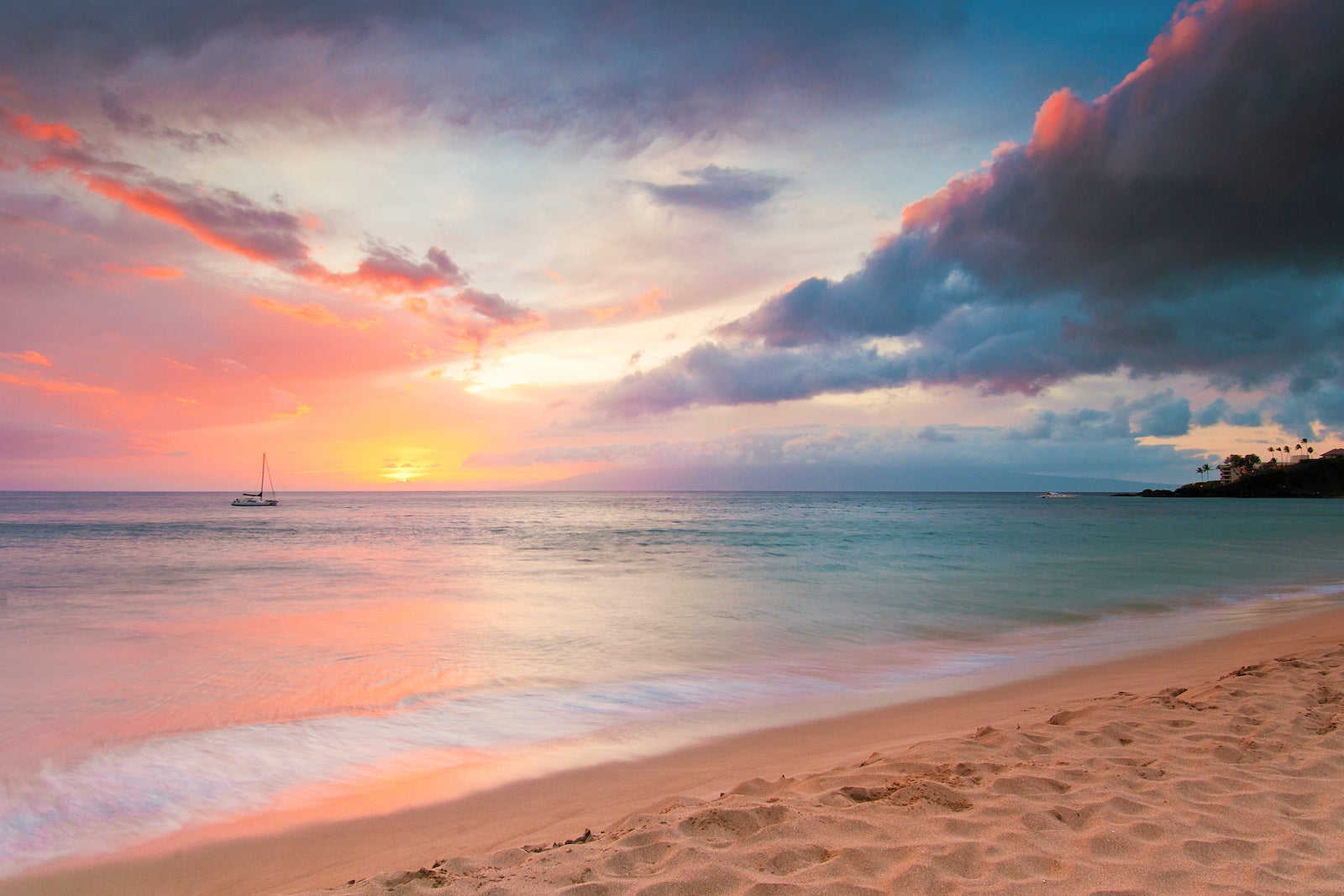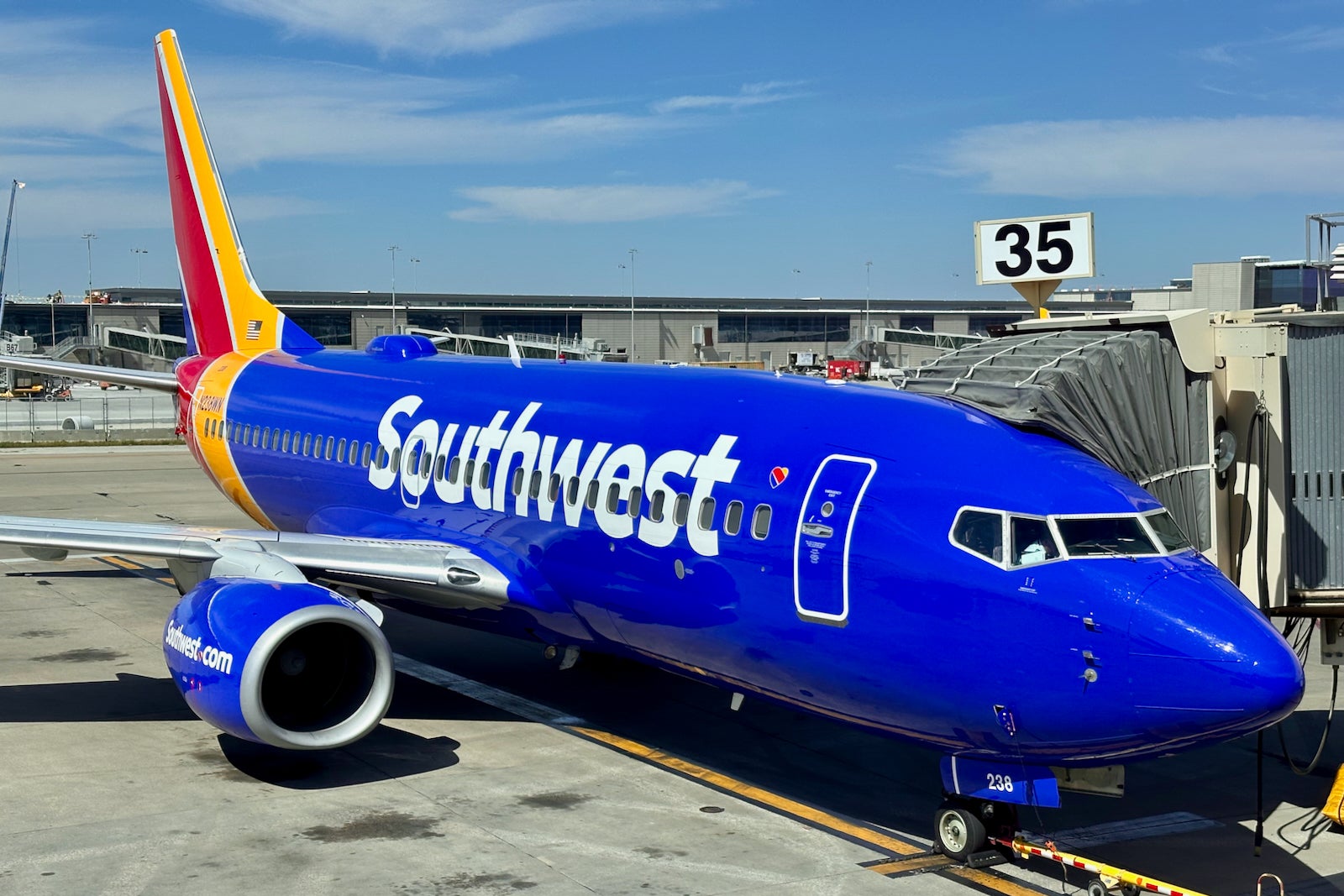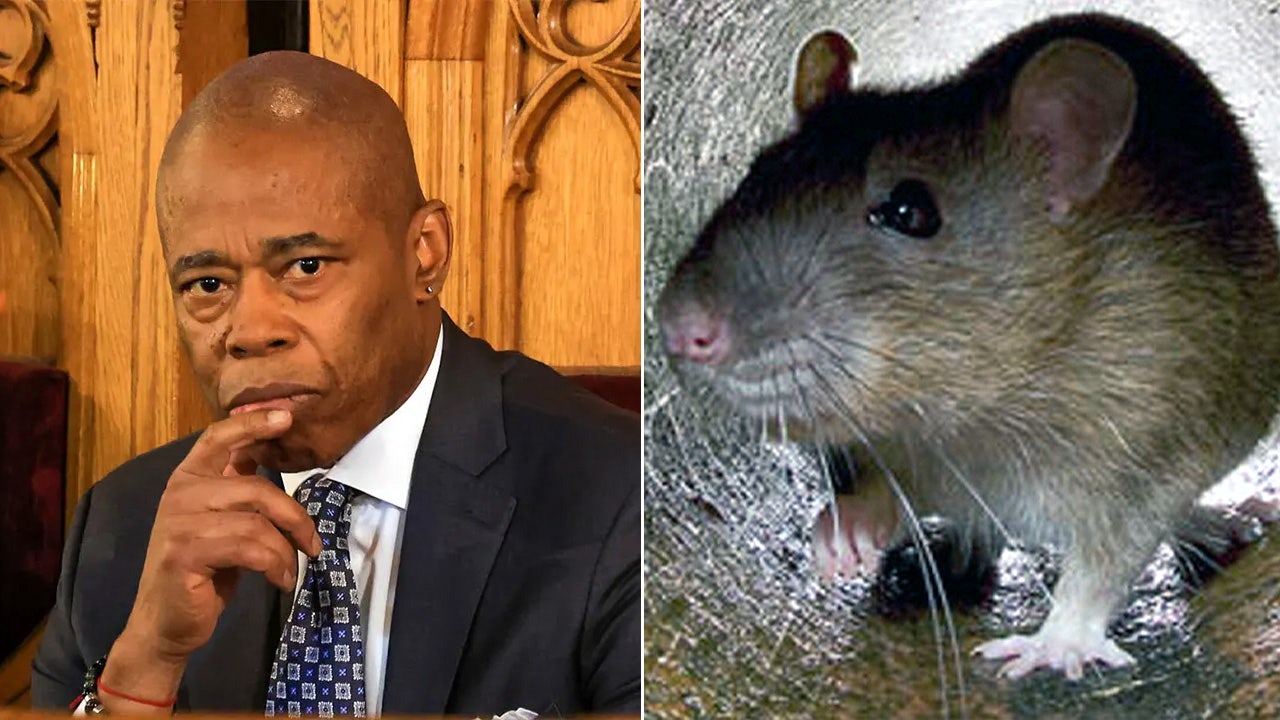Hawaii
Navy ‘urgently’ needs to fix new Hawaii water issues, lawmaker says
:quality(70)/cloudfront-us-east-1.images.arcpublishing.com/archetype/EDF6EIH25JGWRFJDWJCYAJIVJM.jpg)
A Hawaii congresswoman is pressing for answers in the wake of new complaints about residents’ drinking water — a fuel sheen, strong odors, and a chemical taste — nearly two years after the Navy finished its massive effort to flush out and clean up 19,000 gallons of fuel that had leaked into their water supply at Joint Base Pearl Harbor-Hickam.
“Where is the possible contamination even coming from? The public deserves to know,” said Rep. Jill Tokuda, D-Hawaii, during a hearing for the House Armed Services Committee’s readiness panel on Wednesday. “Our service members and their families deserve to know that their water is safe and clean to drink. The Navy has a public health responsibility to urgently get to the bottom of this and make sure people know that the water that they drink, that they give to their families, is safe.”
Tokuda said the Hawaii Department of Health has received about 50 complaints over tap water and air quality from people using the Navy water system. In addition, water samples that were tested in the fall had trace amounts of diesel.
“While the chemical signatures don’t correspond with the jet fuel that was stored at [Red Hill Bulk Fuel Storage Facility], where we had 19,000 gallons emptied into our drinking water system, impacting service members, their families and civilians, it is disturbing that we’re talking about chemical traces in our drinking water, “she said.
“We’re concerned, too,” said Meredith Berger, assistant secretary of the Navy for installations, energy and environment. “Any time that we hear there is a report of something that is wrong, especially when it comes to water, we are taking action and responding.”
The Navy has put together a team of scientists and communications experts to research the problem, and to share the information with residents, said Berger, testifying before the panel. Navy officials have visited the homes or locations identified and gathered information from those individuals, provided bottled water and have tested the water, Berger said. “Significantly, we have seen that every indication is below the 266 [parts per billion of Total Petroleum Hydrocarbons]” threshold for safe drinking water that the Hawaii Department of Health has set, she said.
However, she added, “there is something wrong, and we need to see what is causing people to report that they are having an impact.”
According to a Jan. 8 Navy press release, the results of tests of water samples ranged from nothing detected to 144 parts per billion for Total Petroleum Hydrocarbons (TPH). An analysis of each sample that showed Total Petroleum Hydrocarbons showed no signs of JP-5 jet fuel, officials said.
But Tokuda questioned the effects of even lower levels of TPH.
“We do not know what exposure to lower levels of TPH in our drinking water … what that could mean to both service members and their families, and to civilians that are being exposed through these water system leakages and whatnot,” she said.
“But at the end of the day,” continued Tokuda, “if there’s a sheen on your water, and a smell coming from it, would you pick up that glass and drink it?”
Meanwhile, a recent lawsuit filed alleging the Navy was negligent in its actions surrounding the fuel leaks in 2021 also alleges that there are ongoing problems with the water, citing reports from the Environmental Protection Agency in 2022 where traces of petroleum were found in three of four homes tested. In October 2023, the EPA investigators observed an oily sheen in the water and ongoing health symptoms, such as rashes, and called for inspections and sampling of water heaters and plumbing.
The lawsuit was filed Feb. 5 in federal court in Hawaii, with 2,212 military family members and civilians. Two other lawsuits were filed earlier with a total of 301 plaintiffs.
The lawsuit also cites data from the Navy’s continued testing of the water that showed continued detections of TPH in the Navy water system. According to Kristina Baehr, one of the attorneys representing families, more than 50% of the samples taken — 1,453 out of 3,045 in 2023 — detected TPH.
RELATED
All told, more than 93,000 individuals were affected when their water was contaminated in 2021 by the jet fuel spill at the Red Hill Bulk Fuel Storage Facility. There were 9,715 households in 19 different communities on the Navy water system of Joint Base Pearl Harbor-Hickam who were affected. They include residents of two Army communities and Air Force communities in the Hickam side. Some Hawaiian civilians were also affected, living in homes supplied by Navy water.
On Nov. 28, 2021, military families reported smelling fuel odors and seeing an oily film in their tap water. But some had reported mysterious abdominal pain, vomiting, memory loss, skin rashes, eye irritation, and teeth and gum issues even before the signs of fuel appeared. At first, Navy officials told residents it was okay to drink the water.
Since Dec. 3, 2021, the Hawaii Navy water system has been sourced only by the Waiawa Shaft. Water from the Waiawa Shaft, located 6.2 miles from Red Hill, is monitored to make sure it meets Hawaii Department of Health and Environmental Protection Agency standards for safe drinking water, according to the Navy.
The latest lawsuit highlights the experiences of eight families out of the 2,212 plaintiffs. Of those, 1,197 are filing medical negligence claims. The case is named for the Hughes family. Jaclyn Hughes gave birth to their third child in mid-November of 2021, and her Navy husband returned to Hawaii from Japan, where he was stationed, to be with the family.
But around Thanksgiving, their water had an oily sheen and smelled of gasoline. Their newborn son was covered in red rashes, and Jaclyn’s throat was sore and burned. Their middle child, 4 years old at the time, once with “a vivacious spirit, turned into a whirl of confusion and rage,” according to the lawsuit.
By February 2022, the child had become self-injurious and violent, clawing at her skin and pulling her hair out, according to the lawsuit. Costs piled up for the family, including costs of care and testing from out-of-network doctors. Plans to move to Japan to join her Navy husband became impossible, as the child’s new diagnoses, including level one autism spectrum disorder, made the family ineligible for orders outside the continental U.S. The husband was granted compassionate reassignment to return to Hawaii; and the family was reassigned for humanitarian reasons to California in 2023.
Now, the child has slowly stabilized, with support from an extensive care team, according to the lawsuit. “Despite this, the trauma experienced and fear of what the future holds has created suffering the family may never be able to escape,” the lawsuit alleges.
The Hughes family’s lawsuit, and two others allege that while the Navy has taken responsibility for the fuel leaks, they haven’t taken responsibility for failure to warn residents about the fuel release.
Meanwhile, the Navy is in the process of draining and shutting down the Red Hill Bulk Fuel Storage Facility. By November, the Navy had removed more than 104 million gallons of fuel, or 99.5% of the fuel previously stored there.
They have since removed about 25,000 gallons of residual fuel as the next step. The facility, which has been providing fuel to the military in the Pacific since World War II, had the capacity to hold 250 million gallons of fuel, but was at less than half the capacity.
Karen has covered military families, quality of life and consumer issues for Military Times for more than 30 years, and is co-author of a chapter on media coverage of military families in the book “A Battle Plan for Supporting Military Families.” She previously worked for newspapers in Guam, Norfolk, Jacksonville, Fla., and Athens, Ga.

Hawaii
Five Hawaii officials get HOF nod
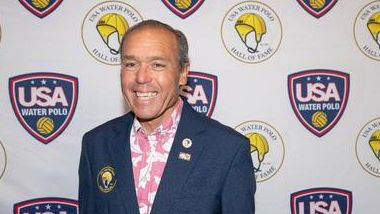
The Hawaii Sports Officials Hall of Fame’s 2024 class of inductees will include well-known figures from the worlds of football, water polo, boxing and basketball.
The five august arbiters of competitive sport—Jim Beavers, Aaron Chaney, Abraham Pacheco, Kenichi “Stupe” Shimogawa and Thomas Yoshida—are fresh proof that the hall is not for those short of tooth or tender of foot.
“We are extremely excited to honor these five individuals for induction to the class of 2024,” said HSOHOF president Cal Evans. “This is our seventh class and we are very proud to celebrate their accomplishments.”
Beavers started officiating youth football games in Oklahoma in 1956 before moving to Hawaii in 1960. He joined the Oahu Interscholastic Association Football Officials Association in 1974 and spent the next 44 years officiating middle and high school football games, a run that included six Oahu Prep Bowl games and the 2000 HHSAA championship game. In 1999, he succeeded Roy Chong as OIA football commissioner, a post he held for 17 years.
Before he became an official, Chaney was a national championship athlete in water polo at UC Santa Barbara. His involvement in the sport provided the grounding he needed to spend more than 40 years as an acclaimed coach and internationally respected official. Chaney worked 20 NCAA men’s and 10 women’s championships including 15 championship games. He also worked the 2004 and 2008 Olympics in Athens and Beijing, including the men’s semifinal in 2004. Chaney also worked four FINA World Championships highlighted by the women’s bronze medal game. He is a member of both the UCSB and University of Hawaii Swimming Halls of Fame and was inducted to the 2023 USA Water Polo Hall of Fame as a coach and a referee.
Pacheco was also an accomplished athlete before becoming an official in his sport of choice. He was born in Hilo and raised in the sugar plantation camps of Wainaku, competing as a boxer in the 119-pound weight class before becoming a sanctioned official in the 1970s. Pacheco officiated numerous Golden Gloves and Police Activities League events and later worked fights in the North American Boxing Federation, US Boxing Association, the World Boxing Council and International Boxing Federation. He worked over 30 world championship fights across three decades.
Shimogawa, who is being honored posthumously, was a founding member of the Kauai Pop Warner football program in 1963 and served as commissioner of the league from 1964 to 2005, performing every job from on-field official to chain crew, timer to ball person. He was also instrumental in designating game proceeds to the local Shriners organization. His honors include National Federation of Interscholastic Officials Association Hawaii official of the year in 1997.He was also honored at the Hawaii State Legislature in 2011 and 2015 for his contributions to Kauai Pop Warner football. Shimogawa died in 2017.
Thomas Yoshida began officiating when he was just 19 years old, learning under the tutelage of HSO hall-of-famer Fuzzy Richards. Yoshida worked his first varsity basketball game with another hall-of-famer, Sam Delos Reyes, then proceeded to make a name for himself over 41 high school seasons, working 13 state championship games and 31 OIA championships. In 1993, he was hired to work in the Western Athletic Conference and spent 20 years in Division I and 26 years in Division 2 and NAIA. He continues to contribute by serving as rules analyst with Spectrum OC16 as well as presenting rules clinics on Oahu and the neighbor islands.
The five will be honored on Sunday, Sept. 1, at the Ala Moana Hotel. For reservations or to view a complete list of previous inductees, visit the HSOHOF web site at www.hawaiisportsofficialshalloffame.org.
Hawaii
Three Arrested For Cockfighting In Hawaiian Paradise Park
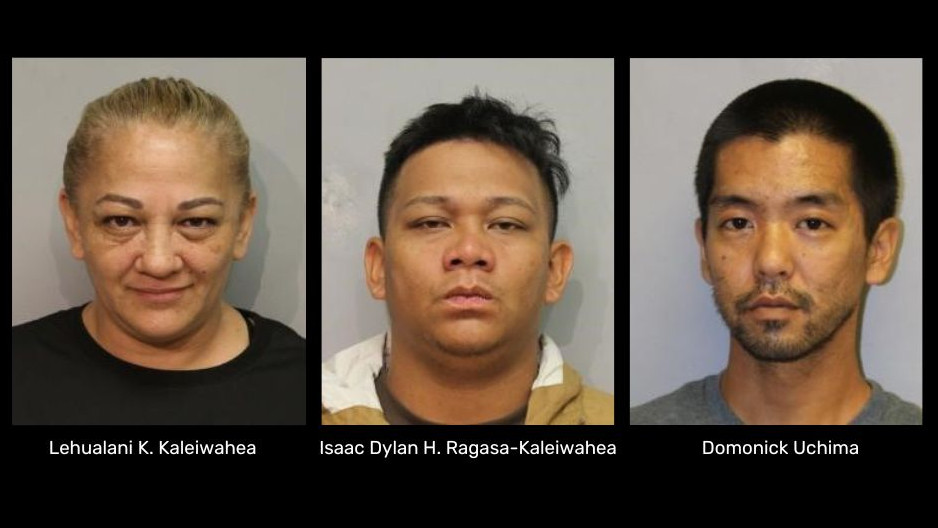
(BIVN) – Three people have been arrested for their alleged participation in a cockfighting event in Puna this weekend.
Police say they executed a search warrant on a residence on 18th Avenue in Hawaiian Paradise Park on Saturday afternoon, where over 100 people were estimated in attendance at a cockfighting event.
Law enforcement recovered “25 dead birds, 4 injured birds, cock fighting paraphernalia, to include gambling records, and a small amount of marijuana.” $20,000 in in US currency was also seized.
The warrant was executed by members of the Hawaiʻi Police Department’s Area I Vice Section, who were assisted by members of the Criminal Investigation Section, Puna Patrol, and Homeland Security Task Force Officers.
A woman and two men were arrested.
Lehualani K. Kaleiwahea, 49-years-old, of Hilo, for:
- Twenty-nine (29) counts of second-degree Cruelty to Animals
- One count of first-degree Promoting Gambling
- One count of first-degree Possession of Gambling Records
- One count of second-degree Promoting Gambling
Isaac Dylan H. Ragasa-Kaleiwahea, 28-years-old, of Keaau, for:
- Twenty-nine (29) counts of second-degree Cruelty to Animals
- One count of first-degree Promoting Gambling
- One count of first-degree Possession of Gambling Records
- One count of second-degree Promoting Gambling
Domonick Uchima, 37-years-old, of Keaau, for:
- One count of second-degree Promoting Gambling
Police say all three individuals were released pending further investigation.
From the Hawaiʻi Police Department:
The investigation into this operation and its organizers is ongoing at this time. Police ask that anyone who has information about the event to please contact Detective Scotty Aloy of the Area I Vice Section at (808) 961-2207 or by email at Scotty.Aloy@hawaiicounty.gov
The Hawai‘i Police Department is committed to working cooperatively with the community to improve the quality of life of island residents, and provide a safer environment for everyone. Police encourage residents to report suspicious and illegal activity to the police department’s non-emergency number at (808) 935-3311.
Tipsters who prefer to remain anonymous may call the island-wide Crime Stoppers number at (808) 961-8300 and may be eligible for a reward of up to $1,000. Crime Stoppers is a volunteer program run by ordinary citizens who want to keep their community safe. Crime Stoppers doesn’t record calls or subscribe to caller ID. All Crime Stoppers information is kept confidential.
Hawaii
Act fast: Earn the Southwest Companion Pass by flying to Hawaii – The Points Guy
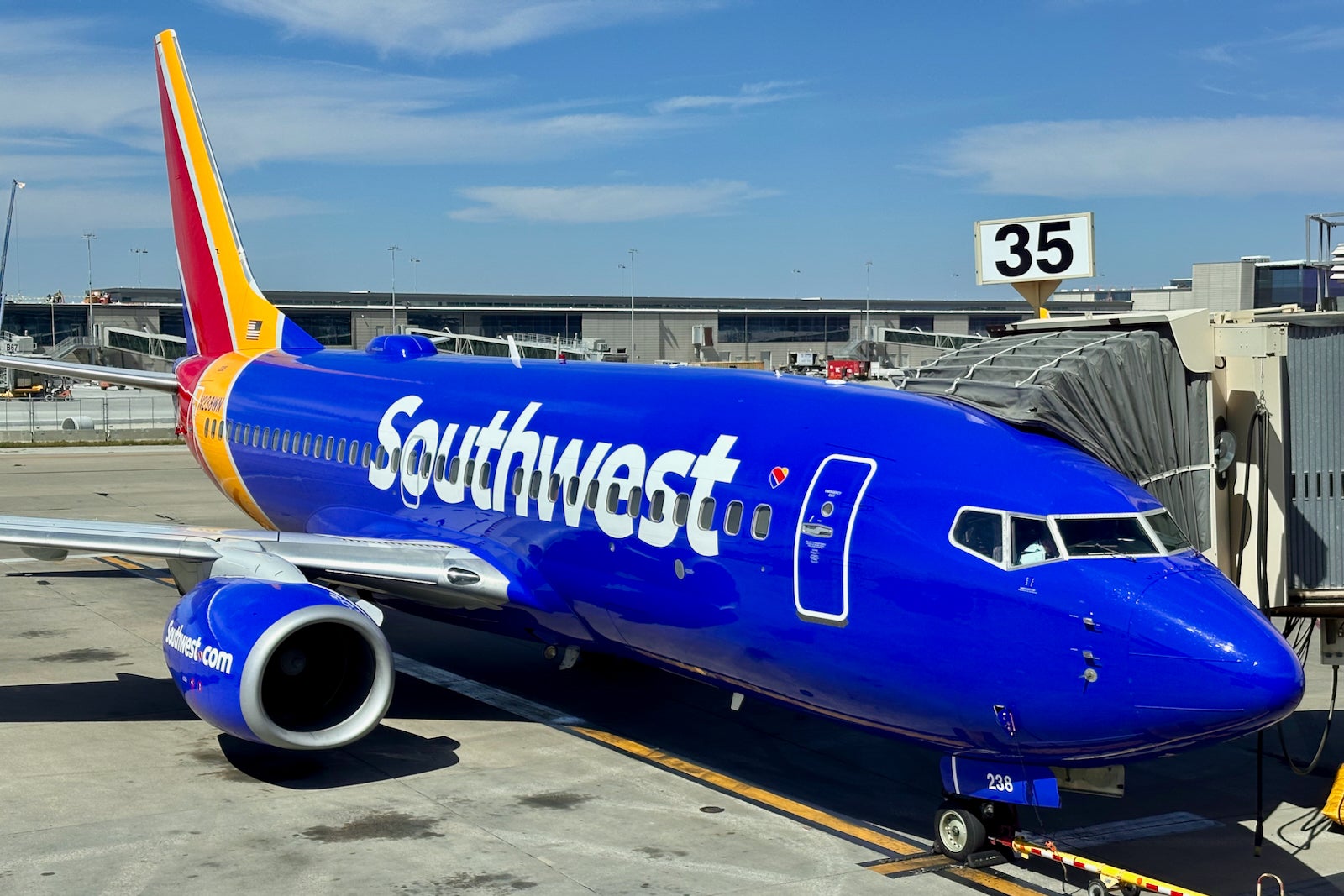
Southwest Airlines is celebrating five years of service in Hawaii with a special promotion: Rapid Rewards members can now earn a valuable Companion Pass by taking just one round-trip flight to Hawaii this summer.
To qualify, you must:
- Be a Rapid Rewards member (you can create an account for free).
- Register for the promotion and purchase qualifying revenue travel (one round-trip or two one-way qualifying flights between the U.S. mainland and Hawaii) by Friday. You can pay for your flight(s) using cash or Southwest’s new Cash + Points option, but flights booked solely with points will not qualify.
- Fly between June 1 and July 3. To qualify, flights must be flown by the same member.
You can choose from five airports in Hawaii that Southwest serves:
- Hilo International Airport (ITO), island of Hawaii
- Ellison Onizuka Kona International Airport at Keahole (KOA), island of Hawaii
- Daniel K. Inouye International Airport (HNL), Oahu
- Kahului Airport (OGG), Maui
- Lihue Airport (LIH), Kauai
After meeting the criteria — and unwinding on a Hawaiian beach — you’ll receive a promotional Companion Pass valid from Oct. 5 to Nov. 15.
Daily Newsletter
Reward your inbox with the TPG Daily newsletter
Join over 700,000 readers for breaking news, in-depth guides and exclusive deals from TPG’s experts
How to quickly earn the Southwest Companion Pass
Southwest’s Companion Pass is popular among travelers because it lets you bring one person on every trip for next to nothing — you just have to pay taxes and fees (starting at $5.60 one-way). This applies to both paid and award tickets to anywhere Southwest services, including the U.S., Mexico, Central America and the Caribbean. You can bring your companion along on as many trips as you want for the life of the pass.
To take advantage of your Companion Pass, first designate a companion in your Rapid Rewards account. Then, after booking your own flight using cash, points or both, go to the My Trips section of your account and follow the steps to book your companion’s ticket.
Note that you can only change your designated Southwest companion up to three times per calendar year.
Normally, you must fly 100 qualifying one-way flights or earn 135,000 qualifying Rapid Rewards points in a calendar year to earn a Companion Pass. The pass is valid for the remainder of the year in which you earned it, plus the following full calendar year.
But there are ways to snag a Companion Pass faster. Southwest occasionally runs promotions like this one, allowing even the most casual Southwest flyers to earn a Companion Pass that’s valid for a shorter length of time. We’ve also seen cobranded Southwest credit cards offer limited-time Companion Passes.
With the current Hawaii promotion, now is a great time to plan a getaway to the Aloha State — and earn a Companion Pass to save on travel this fall.
Related reading:
Editorial disclaimer: Opinions expressed here are the author’s alone, not those of any bank, credit card issuer, airline or hotel chain, and have not been reviewed, approved or otherwise endorsed by any of these entities.
-

 Politics1 week ago
Politics1 week agoReports of Biden White House keeping 'sensitive' Hamas intel from Israel draws outrage
-

 World1 week ago
World1 week agoPro-Palestinian university students in the Netherlands uphold protest
-

 Politics1 week ago
Politics1 week agoSouthern border migrant encounters decrease slightly but gotaways still surge under Biden
-

 Politics1 week ago
Politics1 week agoDem newcomer aims for history with primary win over wealthy controversial congressman
-

 Politics1 week ago
Politics1 week agoWhite House walks diplomatic tightrope on Israel amid contradictory messaging: 'You can't have it both ways'
-

 World1 week ago
World1 week agoSlovakia PM Robert Fico in ‘very serious’ condition after being shot
-
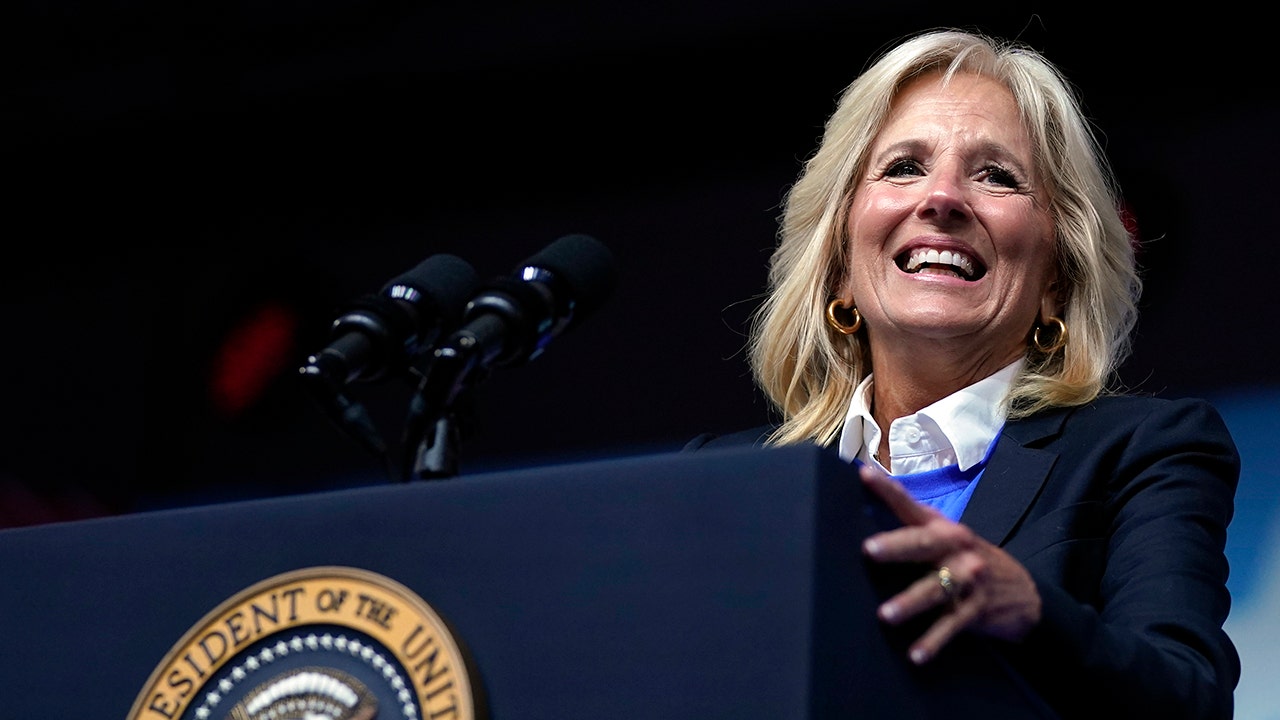
 Politics1 week ago
Politics1 week agoJill Biden tells Arizona college graduates 'community colleges should be free in America'
-

 News1 week ago
News1 week agoDespite state bans, abortions nationwide are up, driven by telehealth
:quality(70)/cloudfront-us-east-1.images.arcpublishing.com/archetype/PM3O3FLF5NHSHAKOLB6F7KRFWM.jpg)
:quality(70)/cloudfront-us-east-1.images.arcpublishing.com/archetype/PUT233IRUREIJDHJZIHMZYJKJ4.jpg)
:quality(70)/cloudfront-us-east-1.images.arcpublishing.com/archetype/IV2D3H2NZFG3VP3LIORZC3R2C4.jpg)
:quality(70)/cloudfront-us-east-1.images.arcpublishing.com/archetype/I2P6RBTSOVGFTOWLREAC65PWCU.jpeg)
:quality(70)/cloudfront-us-east-1.images.arcpublishing.com/archetype/KWYY7PM6UVDA7DR5NARJB2OHKE.jpg)
:quality(70)/cloudfront-us-east-1.images.arcpublishing.com/archetype/IPW3RBOPPBCTZEKH5ABIA6YSU4.jpg)
